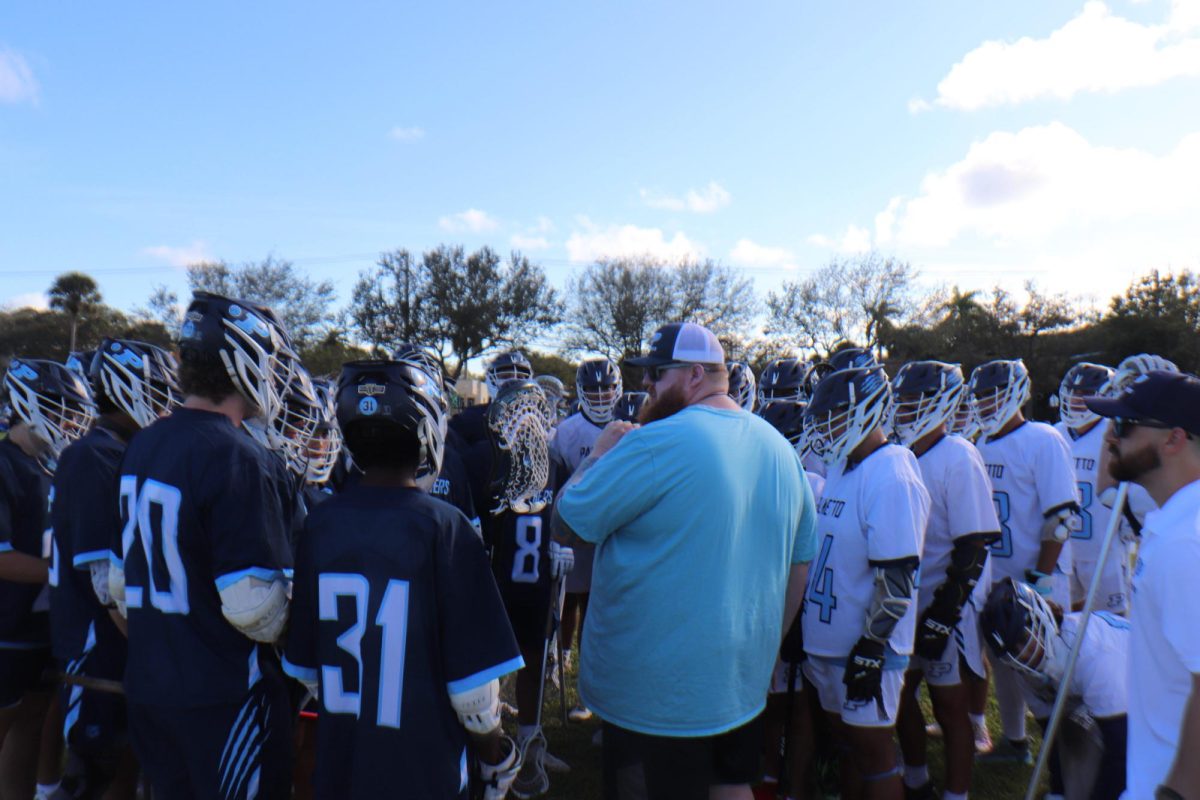Q&A on Financial Literacy with Samantha Berlan
January 29, 2021
Miami Palmetto Senior High School Senior Samantha Berlan noticed a flaw in the education system: the lack of financial literacy among high schoolers. Instead of allowing the problem to continue, she created the project “Savings for Students,” which aims to teach high schoolers about the financial world so they can succeed financially after graduating. Below are some of the main points she hopes to get across in her own words.
How does credit work?
“It is important to understand how credit works. Unfortunately, most Americans do not understand how having good credit can open doors for you. So if many adults don’t comprehend its value then how can we expect kids to? Let’s start with a basic definition: credit is your ability to borrow money and make purchases under an agreement that requires you to pay back the entire amount at a particular time. Usually, an interest charge is tacked onto the loan, meaning you have to pay back more than the amount borrowed, according to Ally.com.”
What is a credit report?
“One’s credit report is an important tool that lenders use to evaluate your ability to pay back a loan. Your credit score is a ‘snapshot’ of your character. If you demonstrate that you pay back your bills on time as promised, then you will receive a high score. Similar to studying hard in school, you will be rewarded for your efforts with high marks, aka a high credit score, which in turn will grant you with favorable terms when seeking credit from lenders.”
Why is it important to have a good credit score?
“Understanding the power of having a high credit score, can help you get the best rates when you apply for a car, house, or even as small as getting the latest smart phone financed. Overtime, with good credit, you will pay less interest than those who have bad credit. Long term, this means more money in your pocket and less in the hands of creditors.”
What is a credit card, or revolving, debt?
“Credit card debt is commonly referred to as “revolving debt.” This is because the balance revolves or changes monthly depending upon your card usage. So in essence, if you have a credit card balance of $1000 but you owe only $200 on it, if you were to walk into a bank and ask for a car loan, they will still consider you as potentially owing the full $1000. This is because at any time you can charge it up to the full $1000 since that is what you were approved for.”
How does student loan debt work? What kind of terms are out there and how do you find what’s right for you?
“Student loan amounts are based on college tuition prices. Students borrow money to cover their college costs: housing, tuition, books, meal plans, et cetera. Student loan debt is a type of debt taken on by college students who need financial assistance in order to pay the high cost of a post-high school education. Once you graduate, you can get both federal government and private student loans. Interest rates and terms vary for private lenders but federal student loan terms are standardized.”










